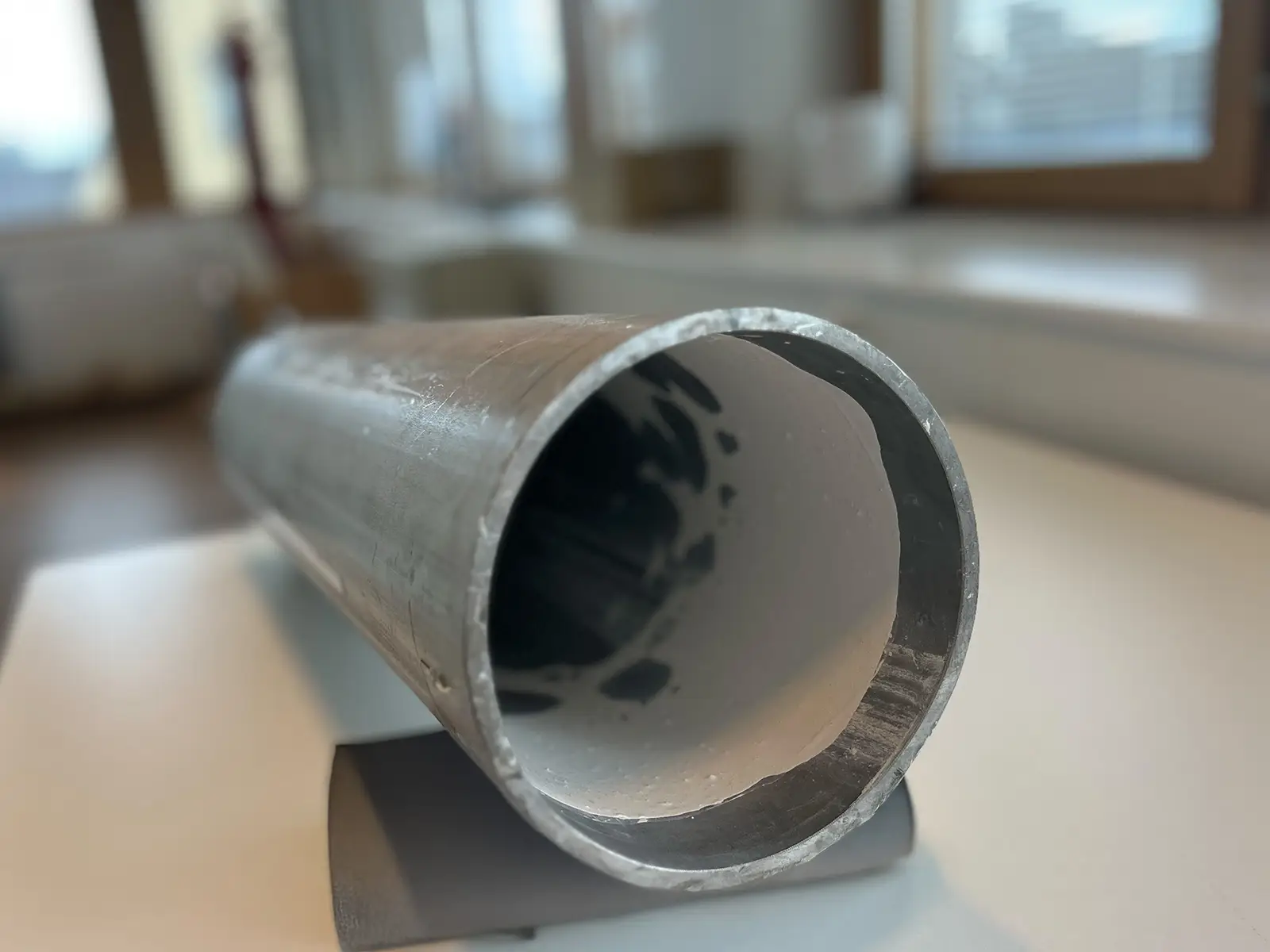Manufacturing facilities, refineries, and power plants face some of their most challenging operational periods during STO events: shutdowns, turnarounds, or outages. These planned or unplanned maintenance events can cost millions of dollars and negatively impact production schedules. Industries worldwide require effective strategies to minimize operational downtime. This article will introduce STO events, effective STO planning and management, and discuss how preventive maintenance can help minimize issues usually related to shutdowns, turnarounds and outages.
What is STO and Why Does It Matter?
Shutdown, turnaround and outage, STO, refers to stops in industrial facilities to perform essential maintenance, repairs, and upgrades that can’t be completed during normal operations. The term STO refers to three distinct but related types of maintenance events: shutdowns (temporary, often planned partial stop for maintenance not necessarily concerning the whole plant), turnarounds (comprehensive maintenance, renovation and inspection cycles that halt production in the whole plant), and outages (unplanned or emergency stops, can impact the whole plant or a specific part).
A turnaround is the most complex and comprehensive. Turnarounds often cause issues like extended downtime, high labor costs, safety risks, and delays that can cause significant financial losses. Refineries, chemical plants, and power generation facilities require effective turnaround management to minimize these impacts while making sure all critical maintenance is completed safely and efficiently.
Strategic STO Planning and Management
Effective turnaround management begins months or even years before it is scheduled to happen. Turnaround maintenance planning includes coordination of multiple areas including mechanical, electrical, instrumentation, and civil work. Modern plant turnaround operations are quite complex and require expert project management to ensure success.
A comprehensive turnaround plan typically includes scope definition, resource planning, scheduling, safety protocols, and quality assurance measures. Turnaround management consulting services exist to help facilities optimize their planning processes and improve execution.
Critical elements of successful turnaround planning and scheduling include:
Work scope identification and prioritization based on equipment condition assessments and reliability data. There are preventive maintenance programs that can provide valuable insights into equipment health. These make it possible to have a more accurate scope of development for upcoming turnarounds.
Resource planning and scheduling that accounts for the amount of skilled labor available, equipment requirements, and material procurement. Early identification of maintenance needs through preventive programs allows for better resource planning and keeps costs under control.
Safety planning and risk assessment to protect workers during the intensive maintenance period. Well-maintained equipment typically presents fewer safety hazards during turnaround work. In addition, non-invasive methods for cleaning equipment can significantly lower safety risks.
Planning turnaround cleaning services represent another critical component of STO operations. Industrial cleaning during turnarounds often requires specialized techniques and equipment to safely remove process deposits, contaminants, and debris that could impact equipment performance or safety. We here at Altum Technologies can provide an efficient, non-invasive cleaning solution based on ultrasound. Or, even better, prevent buildup altogether by enabling effective preventive maintenance.
The Role of Preventive Maintenance in STO Success
Preventive maintenance serves as the foundation for successful turnaround maintenance planning. Fouling prevention is one of the most impactful strategies facilities can implement. Fouling, unwanted buildup heat transfer surfaces, pipes, and other process equipment, often extends STO durations and costs.
When fouling accumulates, it requires extensive cleaning operations that can add weeks to turnaround schedules. This can mean specialized turnaround cleaning services at significant cost. In addition, fouling can cause frequent unplanned outages if equipment becomes severely clogged or inoperable, and equipment might even need to be replaced. Factory maintenance programs that emphasize fouling prevention help facilities reduce cleaning requirements during plant shutdowns and turnarounds and decrease or eliminate the need for frequent outages.
The impact of effective fouling prevention on STO operations includes:
- Reduced cleaning time during shutdowns and turnarounds
- No unplanned, emergency outages for fouling removal
- Less needs for chemical cleaning and specialized cleaning equipment
- Reduced safety risks associated with intensive cleaning operations
- Shorter overall STO durations leading to faster return to production
- Significant cost savings on cleaning services, equipment repairs/replacements and extended downtime
Industry-Specific Applications
Refinery turnaround operations particularly benefit from fouling prevention strategies due to the heavy fouling tendencies of petroleum products. Refineries that continuously prevent fouling can reduce their cleaning requirements and cut turnaround durations compared to facilities relying on reactive cleaning approaches.
Power plants face similar fouling challenges, especially in heat recovery systems and condensers. Preventive fouling control helps optimize equipment performance and significantly reduces cleaning requirements during planned outages. Chemical plants, steel mills, and other process industries also see substantial benefits related to STOs when fouling prevention is prioritized over reactive cleaning.
Advanced Technologies for Preventive Maintenance
Modern preventive maintenance programs use advanced technologies to decrease the need for and interval between extensive maintenance activities.
Altum Technologies’ ultrasound CIP solution provides innovative approaches to fouling prevention. By utilizing ultrasound’s properties, like the ability to induce pressure changes or controlled crystallization and create microscopic vibration, Altum’s solution effectively prevents fouling in equipment. It is externally applied to the equipment and doesn’t require any welding or disassembly.

By implementing ultrasonic fouling prevention technology, facilities can maintain cleaner equipment surfaces and reduce the scope of cleaning work required during shutdown, turnaround, or outage periods or extend the time between them. Fouling prevention provides more predictable equipment conditions and reduces uncertainty around cleaning requirements, which supports turnaround maintenance planning. When equipment stays clean and efficient, there is less to worry about during different outages.
Maximizing Turnaround Success Through Integrated Planning
The integration of fouling prevention with comprehensive turnaround planning is a great approach to managing industrial STOs. Facilities that invest in fouling prevention technologies, like Altum Technologies’ high-power ultrasound solution, often experience shorter STO durations, lower cleaning costs, and improved overall equipment reliability.
Success in managing shutdowns, turnarounds, and outages increasingly depends on shifting from reactive cleaning during STOs to proactive fouling prevention during normal operations. This shift allows facilities to minimize cleaning requirements, reduce safety risks, and optimize their maintenance strategies for maximum uptime.
The ultimate goal is creating a sustainable balance between operational availability and maintenance requirements. This means creating systems that ensure facilities can meet production demands while maintaining safe, reliable operations throughout their lifecycle.
Would you like to learn more about using ultrasound for preventive maintenance to help with STO management? Don’t hesitate to contact our experts!
Follow us on LinkedIn so you won’t miss our future news and insights.

